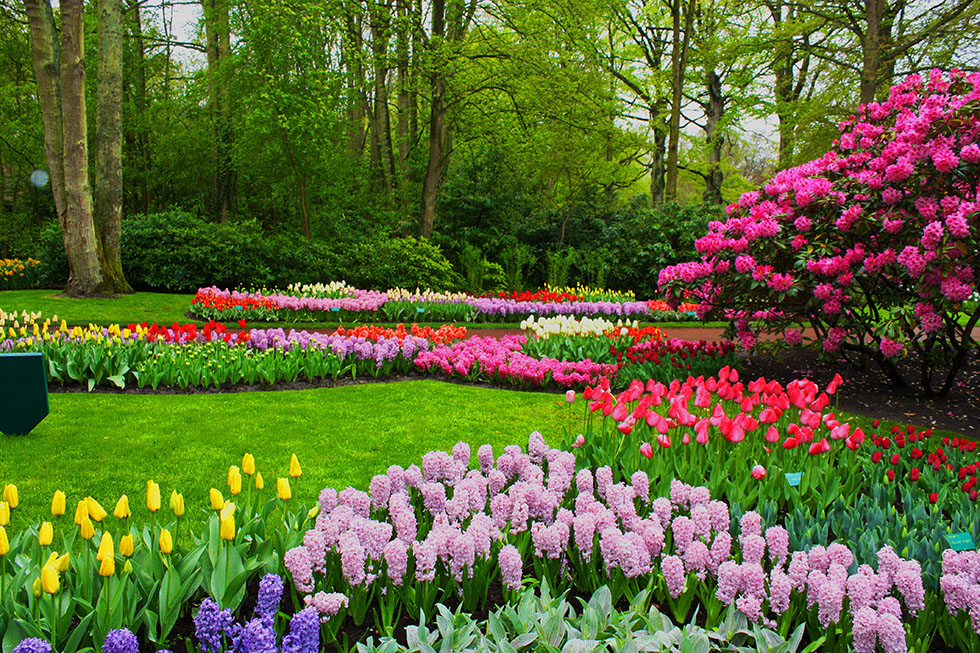The sun is out, at least for today, and it has everyone thinking of Spring! With those thoughts might come the question of what flowers should I plant in March? While there are many out there to choose from, here are two of our favorites we found in gardenguides.com.
Dahlia
“Dahlias (Dahlia) can be planted in March once the chance of frost has passed and the ground has begun to warm up. Dahlias grow best in sunny conditions with moist, well-drained soil. Excessive moisture should be avoided since this can result in root rot. Once established, dahlias grow easily with a minimum amount of care, reaching between 20 and 30 inches in height. Dahlias begin to bloom at the end of July and continue to produce flowers until the first frost. Along with white, dahlias bloom in a variety of warm-colored flowers, including red, yellow, pink and orange. To promote larger flowers, all side buds should be removed during the plant’s flowering season. Dahlias will bloom continuously if all dead flowers are promptly detached.”
Zinnia
“Zinnias (Zinnia elegans) can be planted in March once the air has warmed and all danger of frost has ended. Blooming begins in the summer and continues into the fall until the arrival of the first frost. Zinnias produce a varied selection of brightly colored flowers, including yellow, orange, red, rose, pink and purple. Zinnias flourish in at least six full hours of sun per day, although in extremely hot areas, a few hours of shade in the afternoon is preferable. While zinnias are relatively hardy and can tolerate most soil conditions, they grow best in moist, well-drained soil, according to the website National Garden Bureau. When watering, it is best to wet only the roots and keep the foliage as dry as possible, as zinnias are susceptible to fungal diseases. Zinnias live up to a week once cut, and their longevity, as well as attractive stems, makes them an ideal fresh flower choice.”
Time to Clean up the Roses
March is also a great time to clean up your garden, including your roses. according to Better Homes & Gardens. Clean up rose beds, removing any fallen leaves from last season. Refresh mulch around roses. Feed plants with a slow-release rose fertilizer. As new leaves emerge, start weekly sprays for black spot. Double-check irrigation systems to ensure all is working fine.
And if you need help deciding which flowers are right for your yard, call the experts at Stone Creek Landscaping. Stone Creek is your complete landscape solution regardless of your property’s current condition. Whether you’re looking for maintenance, design and install, or just a splash of seasonal color, our skilled and professional crews are here to help.

